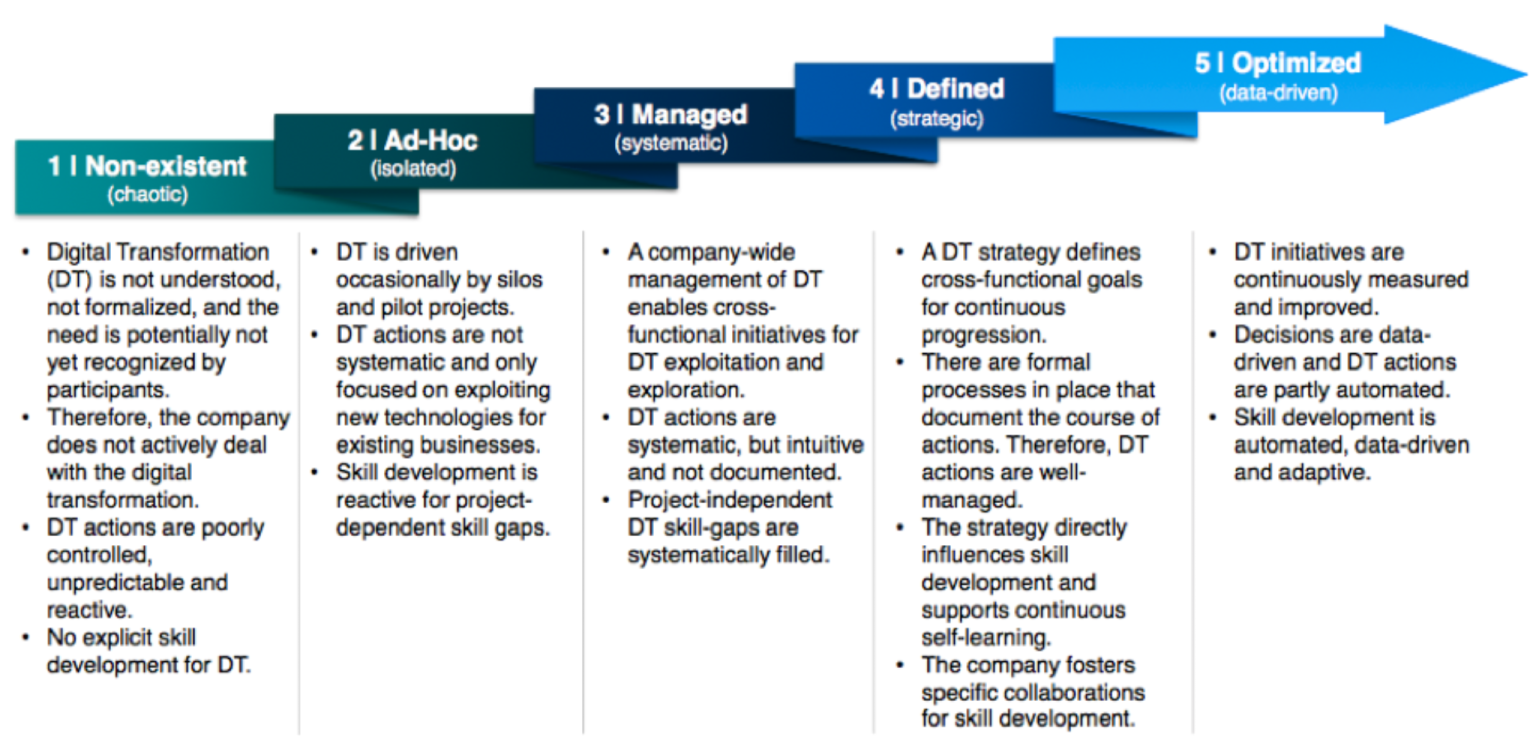In the era of hyper-targeted everything, brands can no longer afford a one-size-fits-all approach. Geography isn’t just where your customers live—it’s how they buy, what they value, and how they expect you to show up. A strong GEO strategy is no longer optional; it’s mission-critical.
Whether you’re scaling globally or optimizing locally, here’s how to build a precise, ROI-driven GEO strategy for your brand.
What Is a GEO Strategy in Branding?
A GEO strategy is a location-based approach to marketing, product delivery, and customer experience. It uses geographic data to inform decision-making and optimize brand engagement across regions. Think Google Ads by zip code, product availability by region, or local social media activations tailored to cultural nuances.
Step-by-Step Guide to Building Your GEO Strategy
1. Segment Your Audience by Region
Use tools like Google Analytics, Meta Business Suite, and CRM geodata to identify where your customers are. Segment by:
Country
City/Metro area
Climate zones (for product relevance)
Urban vs. Rural behaviors
Example: A fitness apparel brand found that its cold-weather gear sold 42% better in the U.S. Northeast and Nordic countries. Segmenting ads by climate zone doubled ad ROI in 60 days.
2. Localize Content at Scale
Localization ≠ translation. Tailor images, tone, copy, offers, and cultural references.
Use region-specific testimonials.
Adjust value props to align with local preferences.
Factor in local holidays, slang, and humor.
Use Case: Netflix’s localized campaigns in Latin America drove 3x engagement when they used native actors and culturally resonant language.
3. Geo-Fence and Target with Precision
Leverage geofencing for physical locations (like retail stores or events) and hyperlocal targeting via platforms like:
Google Ads (Location Extensions)
Facebook Ads (Pin-drop radius targeting)
Programmatic platforms with mobile device targeting
ROI Example: A quick-service restaurant saw a 28% increase in foot traffic after running time-sensitive geofenced lunch ads within a 2-mile radius.
4. Adapt Your Offerings Based on Region
Product-market fit is often regional.
Customize pricing models (e.g., currency, GDP-adjusted pricing).
Tailor SKUs (inventory, sizes, bundles).
Offer region-specific promotions or perks.
Use Case: Spotify launched a mobile-only plan in India at 70% of global pricing and saw 2M new users in under 3 months.
5. Monitor Local Performance Metrics
Track performance geographically using:
Google Analytics (Geo Reports)
CRM Dashboards (HubSpot, Salesforce)
CDPs (Segment, Bloomreach)
Focus on: Conversion rates, bounce rates, dwell time, and customer lifetime value (CLTV) by region.
6. Plan Region-Specific Growth Campaigns
Design campaigns based on market maturity:
Emerging Markets: Education-first content, freemium offers.
Established Markets: Loyalty programs, retargeting, and upselling.
ROI Boost: An EdTech brand increased revenue by 37% YoY by launching region-specific onboarding email sequences.
Measuring ROI from Your GEO Strategy
A successful GEO strategy isn’t just visible in impressions. It’s measurable in:
Increased regional engagement
Higher conversion rates
Reduced customer acquisition cost (CAC)
Improved customer lifetime value (CLTV)
Market share growth in specific geos
Use multi-touch attribution and cohort analysis to monitor where your efforts are generating returns. Don’t forget to A/B test across geos.
The Bottom Line
Brands that geo-personalize experiences and offers will dominate their verticals. A GEO strategy isn’t a map—it’s your compass. Whether you’re aiming for hyperlocal relevance or global market penetration, tailoring your efforts geographically drives deeper connection, relevance, and revenue.
Stop aiming wide. Start aiming smart.
Share this:
- Click to share on Facebook (Opens in new window) Facebook
- Click to share on X (Opens in new window) X
- Click to share on LinkedIn (Opens in new window) LinkedIn
- Click to share on Reddit (Opens in new window) Reddit
- Click to share on Pinterest (Opens in new window) Pinterest
- Click to share on Pocket (Opens in new window) Pocket
- Click to share on WhatsApp (Opens in new window) WhatsApp
- Click to email a link to a friend (Opens in new window) Email



